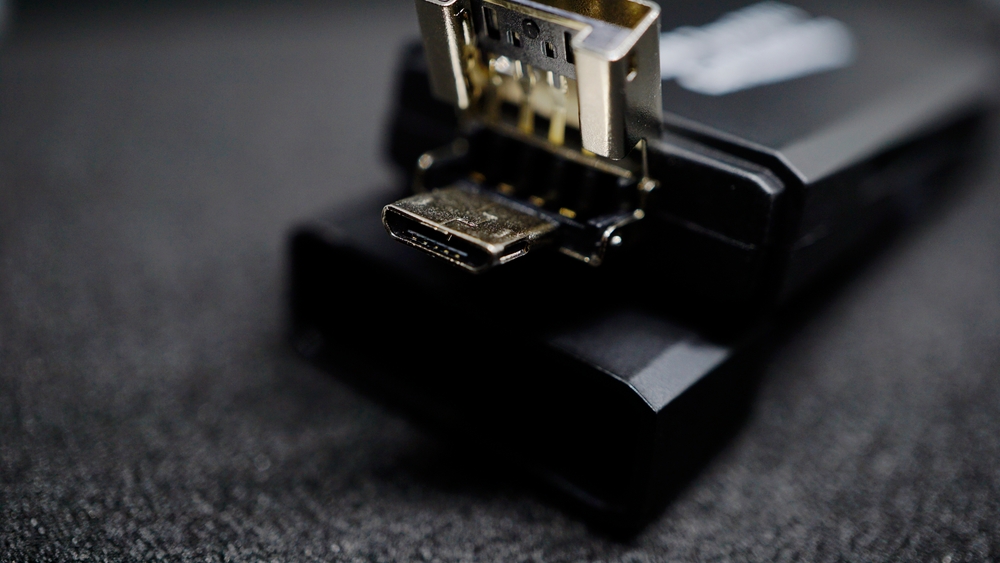The term “Metaverse” has become a buzzword, sparking curiosity and excitement across industries, from technology to gaming, education, and beyond. But what exactly is the Metaverse? And how is it set to revolutionize our digital interactions and everyday lives? This blog delves into the core of the Metaverse, exploring what it is, how it works, and its potential impact on our future.
What is the Metaverse?
The Metaverse is a collective virtual shared space, created by the convergence of virtually enhanced physical reality and physically persistent virtual space. It’s essentially a digital universe where users can interact, socialize, work, and play within a 3D environment. Imagine blending aspects of augmented reality (AR), virtual reality (VR), and blockchain technologies in a single, immersive experience where the digital world meets the physical one.
Think of the Metaverse as an evolution of the internet, but instead of accessing information via screens, you’re stepping into it. Here, virtual spaces feel like real-world environments, enabling seamless social interactions, commerce, and content creation.
How Does the Metaverse Work?
The Metaverse is a sophisticated mix of technologies, but at its core, it’s powered by the following elements:
-
Virtual and Augmented Reality: VR headsets and AR devices provide the foundation for immersive experiences, allowing users to interact with the digital world as if they’re physically present.
-
Blockchain Technology: Blockchain enables a secure and decentralized method of verifying digital assets, making it crucial for the economy within the Metaverse. Users can own, trade, and sell digital assets like NFTs (non-fungible tokens), which represent ownership of virtual items.
-
Artificial Intelligence (AI): AI enhances user interactions within the Metaverse, from creating lifelike avatars to powering digital assistants and crafting realistic virtual environments.
-
5G and Cloud Computing: High-speed networks and powerful cloud infrastructure are essential for real-time interactions, enabling vast numbers of users to participate simultaneously without lag.
Key Features and Experiences in the Metaverse
The Metaverse offers a wide array of experiences that span various aspects of life. Here are some major ways people engage within the Metaverse:
-
Social Interaction: Users can socialize with others as avatars, forming friendships, joining communities, and even attending virtual events such as concerts and conferences.
-
Gaming and Entertainment: Gaming is already a significant part of the Metaverse. Platforms like Roblox, Fortnite, and Decentraland offer virtual worlds where players can explore, compete, and create. With new developments, gaming is becoming increasingly collaborative and interactive.
-
Virtual Commerce: Virtual shops, showrooms, and marketplaces are emerging in the Metaverse, allowing users to buy and sell goods, including virtual real estate and digital clothing for avatars. Leading brands have begun creating digital-only versions of their products to cater to this new economy.
-
Education and Training: Imagine learning history by stepping into an ancient city or undergoing job training in a simulated work environment. Educational institutions and businesses are already exploring how the Metaverse can facilitate immersive learning experiences.
-
Remote Work and Collaboration: The Metaverse provides a 3D alternative to current remote work tools, where employees can work, collaborate, and communicate in a virtual office setting. Instead of video calls, teams can gather around a virtual conference table, improving engagement and interaction.
How the Metaverse is Changing the Way We Live
The potential impact of the Metaverse is enormous, with the possibility of transforming multiple aspects of daily life. Here’s a look at how it could reshape certain sectors:
-
Economic Transformation: With virtual real estate, digital assets, and NFTs, the Metaverse is creating a new economy. People are already buying digital properties and collectibles, often at prices comparable to physical assets. This creates novel opportunities for investment and wealth creation, especially for digital natives.
-
Healthcare and Mental Health: The Metaverse holds potential for medical applications, from virtual consultations to immersive therapies. VR-based treatments for anxiety, PTSD, and phobias have shown promise, while virtual hospitals and telemedicine are making healthcare more accessible.
-
Environmental Impact: By offering virtual alternatives to physical activities, such as travel, work, and entertainment, the Metaverse can contribute to reducing our carbon footprint. Instead of flying for business, people can hold meetings in virtual spaces, which could lead to less demand for travel and a reduction in emissions.
-
Privacy and Security Challenges: Like any digital platform, the Metaverse faces privacy and security risks. With more of our lives online, data privacy will be a critical issue. Developers will need to ensure strong encryption, secure protocols, and decentralized verification systems to protect users’ identities and assets.
-
Cultural and Social Impact: The Metaverse has the potential to bridge cultural and geographical divides. By allowing people to socialize and collaborate globally, it could create new communities, enhance cultural exchange, and promote inclusivity. However, there are also risks related to addiction, digital dependence, and the blurring of reality.
The Future of the Metaverse
The Metaverse is in its infancy, but it’s evolving rapidly. Tech giants like Meta (formerly Facebook), Microsoft, and others are investing heavily in its development, while startups are pushing innovative solutions to make the Metaverse a reality. As technology progresses, the Metaverse will likely grow in sophistication and accessibility, providing an increasingly immersive experience for users worldwide.
However, the future of the Metaverse also depends on addressing certain challenges, from technical limitations to ethical questions about privacy, mental health, and inclusivity. Building a responsible Metaverse will require collaboration between tech companies, policymakers, and users.
Conclusion: The Metaverse – A World of Endless Possibilities
The Metaverse promises an exciting new chapter in digital transformation, one where the boundaries between the physical and digital worlds become increasingly blurred. As the Metaverse unfolds, it will create unprecedented opportunities and challenges, changing how we work, play, socialize, and experience life itself.
Whether you’re a tech enthusiast, a business professional, or someone curious about the future, the Metaverse is a space worth watching. It represents not only an advancement in technology but also a new frontier for human connection, creativity, and exploration.




